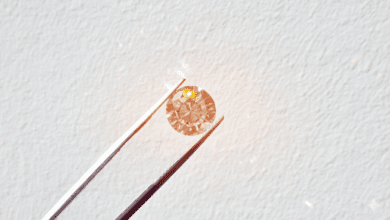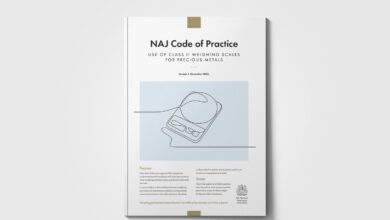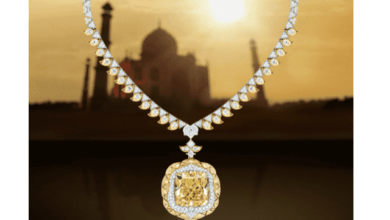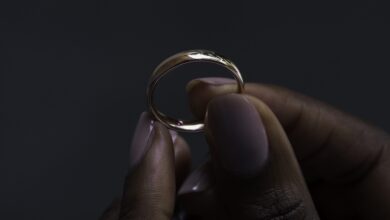The SDGs are our path to sustainable growth

Register to get 1 free article
Reveal the article below by registering for our email newsletter.
Want unlimited access? View Plans
Already have an account? Sign in
We live in a world of changes so profound and rapid that no one can stand alone. The 2030 Agenda – the 17 Sustainable Development Goals (SDGs) play an important leadership role for the Responsible Jewellery Council (RJC) in driving progress on the implementation of the goals, building positive impact and delivering trust to key stakeholders.
In September 2015, world leaders from 193 nations adopted this agenda. For the first time in history, there was a common plan for the four P’s – peace, people, prosperity and the planet, with a pledge to leave no one behind. This means gender equality and empowering all women and girls needs to be prioritised.
The RJC has a mission to mobilise responsible companies from mining to retail to integrate sustainability in their operations – in other words to support the SDGs. The recent launch of the new RJC Code of Practices (aligned with the SDG framework) reflects the evolving needs of the industry and demands of consumers globally. Consumers have a choice. Trust and transparency are the new equity.
In this context, I wanted to share what I believe are three important calls to action to the industry. Firstly, we need inclusive leadership.
Empowering women and girls and achieving gender equality requires the concerted efforts of all stakeholders. Empowering girls and women helps expand economic growth, promote social development and establish more stable and just societies. Women’s economic empowerment benefits both women and children.
It is pivotal to the health and social development of families, communities and nations. Research shows investing in women and girls can lead to increases in productivity, organisational effectiveness, return on investment and higher consumer satisfaction.
Second, I believe if you act responsibly, you will find opportunity.
Companies must reflect their customers and markets and there is a clear business case for doing so. Research from consultancy firm McKinsey shows that if women were to participate in the economy identically to men, they could add as much as $28 trillion to global annual gross domestic product by 2025.
It starts with your internal practices and how you can support women. Then you can look at the bigger picture in your supply chain through your brands and your consumers. Millions of women are employed in the jewellery supply chain.
They can be found in ASM operations in Africa and South America, or in the middle of the supply chain. Tens of thousands of women are employed in the diamond cutting and polishing industry, primarily in India. We have a shared responsibility to drive positive impact. Being part of the RJC community of confidence can drive change.
The potential to improve the working conditions of many of these women, especially in ASM, is enormous. The RJC is increasing its attention to this and other vital challenges.
We should not forget that women control 70 to 80 percent of all consumer spending through a combination of buying power and influence. It is imperative that every organisation in our industry start looking at their impact through a gender lens. I do see a real movement happening. Women are changing the industry. It is about collective action on the ground now.
Finally, partnerships (SDG 17) are the key to achieving transformative change.
Let us not re-invent the wheel and duplicate efforts. Stakeholder collaboration is critical. We must co-invest in solutions to shared challenges, working together more than ever to align efforts. Progress will depend on collective action taken on the ground at the local level.
The recent Women’s Empowerment Conference organised by the US State Department in Washington DC was a great example of cross sharing and learning on how to advance this agenda across the value chain from mining to retail.
Yet, whilst these considerations are key, above all we need to measure materiality. As a membership organisation, we need to be clear what matters to us and find the right tools to quantify progress.
The challenges in front of us are huge, and no individual has all the answers. We are now at a crossroads where the leadership and strength of the RJC membership will be critical to take us on the path towards 2030. SDG 5 Gender Equality is our destination and SDG 17 Partnerships will help us get there. It is a moral responsibility to drive SDG 5 Gender Equality forward.







